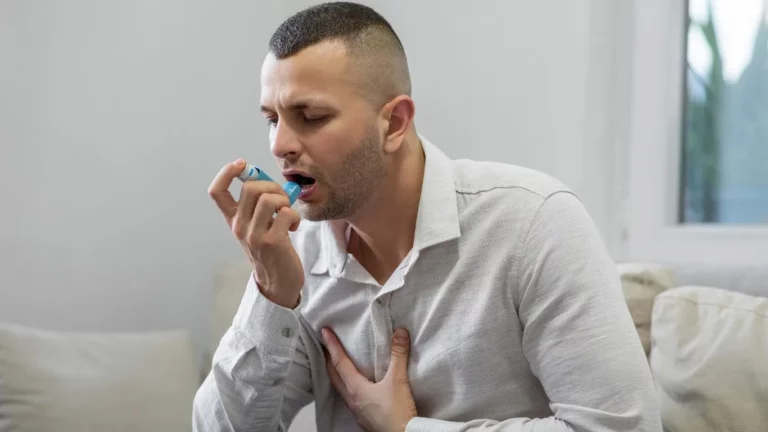How to Tell if Shortness of Breath is Asthma or Anxiety – Key Differences
Ever felt like you just can’t catch your breath and wondered, “Is this asthma or anxiety?” You’re not alone. As a Pulmonary Nurse, I’ve seen this confusion play out countless times—patients convinced they’re having an asthma attack, only to find out their symptoms are driven by anxiety, or vice versa. Shortness of breath can be downright terrifying, but knowing the difference is crucial for getting the right help.
Understanding the Basics of Shortness of Breath
Before diving into the asthma vs. anxiety debate, let’s get a solid grasp of what shortness of breath actually means. Medically, it’s called dyspnea, and it’s that unsettling feeling of not being able to take in enough air.
- It can come on gradually or hit you out of nowhere.
- It might feel like tightness in the chest, air hunger, or an inability to breathe deeply.
- It’s often accompanied by other symptoms that can help pinpoint the cause.
Now, let’s break down how asthma and anxiety manifest differently.
 How to Tell If Shortness of Breath Is Asthma or Anxiety
How to Tell If Shortness of Breath Is Asthma or Anxiety
Both asthma and anxiety can make you feel like you can’t breathe, but they have key differences. Here’s how I explain it to my patients:
What Does an Asthma Attack Feel Like?
Asthma is a chronic condition that affects the airways, making them swollen and narrow. When you’re having an asthma flare-up, here’s what usually happens:
- Wheezing: A high-pitched whistling sound when you breathe out.
- Chest Tightness: Feels like an elephant is sitting on your chest.
- Persistent Cough: Especially at night or early morning.
- Triggers Matter: Common ones include dust, smoke, pollen, and even cold air.
One major clue? If a rescue inhaler (like albuterol) helps relieve symptoms quickly, it’s likely asthma.
What Does an Anxiety Attack Feel Like?
Anxiety-related shortness of breath is different. Your airways aren’t physically blocked, but your body is in panic mode. Here’s what it typically feels like:
- Hyperventilation: Breathing too fast, making you feel dizzy.
- Chest Discomfort: But not the tight, constricted feeling of asthma.
- Numbness or Tingling: Often in hands, feet, or face due to oxygen imbalance.
- Comes in Waves: Often triggered by stress, not allergens.
If breathing exercises and relaxation techniques help, chances are anxiety is the culprit.
 Key Differences Between Asthma and Anxiety
Key Differences Between Asthma and Anxiety
Still unsure? Let’s put asthma and anxiety side by side:
| Symptom | Asthma | Anxiety |
|---|---|---|
| Onset | Triggered by allergens, exercise, cold air | Triggered by stress, panic, overthinking |
| Breathing Pattern | Slow, labored, wheezing | Fast, shallow, hyperventilation |
| Response to Inhaler | Improves quickly | No change |
| Additional Symptoms | Wheezing, persistent cough | Dizziness, numbness, chest discomfort |
Recognizing these distinctions can save you from unnecessary panic and ensure you get the right treatment.
 Diagnosing Asthma vs. Anxiety: What Doctors Look For
Diagnosing Asthma vs. Anxiety: What Doctors Look For
So how do doctors figure out whether your shortness of breath is caused by asthma or anxiety? It’s not always straightforward, but medical professionals have a few tricks up their sleeves.
Medical History & Symptoms
One of the first things a doctor will do is ask a bunch of detailed questions. As a nurse, I always remind patients: the more specific you are, the better.
- Do your symptoms get worse at night or after exercise? That’s a red flag for asthma.
- Do you feel breathless even when sitting still? Anxiety often presents this way.
- Do you wake up gasping for air? This could indicate asthma, especially if triggered by allergens.
- Does your breathing return to normal when you calm down? More likely anxiety-related.
Diagnostic Tests
If symptoms remain unclear, testing helps pinpoint the cause:
- Spirometry Test: Measures lung function to check for asthma.
- Peak Flow Meter: Used at home to track how well air moves through your lungs.
- Allergy Tests: Asthma is often linked to allergies, so testing for common triggers can help.
- EKG or Blood Tests: These can rule out heart-related issues or other conditions mimicking breathlessness.
Unfortunately, there’s no blood test for anxiety, which means it’s often diagnosed based on symptoms and ruling out other conditions.
 Managing Symptoms: What Works for Asthma vs. Anxiety
Managing Symptoms: What Works for Asthma vs. Anxiety
Regardless of whether your shortness of breath is caused by asthma or anxiety, the good news is there are ways to manage it. Here’s what I typically recommend:
Managing Asthma
Asthma can’t be cured, but it can be controlled with the right strategies:
- Use Your Inhaler Correctly: Many patients don’t realize they’re using their rescue inhaler the wrong way. (Tip: Always shake it first and take slow, deep breaths.)
- Identify & Avoid Triggers: Common culprits include pollen, smoke, pet dander, and cold air.
- Take Your Medications Regularly: Controllers like corticosteroids reduce inflammation over time.
- Monitor Your Peak Flow: A simple peak flow meter can help track lung function and warn you of impending flare-ups.
- Stay Active: Exercise can strengthen your lungs, but always warm up first to prevent flare-ups.
Managing Anxiety-Related Shortness of Breath
If anxiety is making it hard to breathe, here’s what helps:
- Try Breathing Exercises: The 4-7-8 method (inhale for 4 seconds, hold for 7, exhale for 8) helps reset breathing patterns.
- Engage in Grounding Techniques: If panic hits, focus on something tangible—touch a textured object, count backward from 100, or name five things you see.
- Reduce Caffeine & Sugar: Both can spike adrenaline levels, worsening anxiety symptoms.
- Get Moving: A quick walk can help release built-up stress hormones.
- Consider Therapy: Cognitive Behavioral Therapy (CBT) has been shown to be highly effective for managing anxiety symptoms.
 When to See a Doctor: Warning Signs You Shouldn’t Ignore
When to See a Doctor: Warning Signs You Shouldn’t Ignore
While both asthma and anxiety can cause shortness of breath, sometimes it’s a sign of something more serious. If you ever experience any of the following, don’t wait—seek medical attention immediately:
- Sudden, severe shortness of breath that doesn’t improve with usual treatments.
- Blue or gray lips, face, or fingertips—a sign of dangerously low oxygen levels.
- Feeling faint or dizzy along with breathlessness.
- Chest pain or pressure—could indicate a heart issue.
- Wheezing that suddenly stops: This might sound odd, but if wheezing disappears and you’re still struggling to breathe, it could mean your airways are closing completely.
In my years of working with patients, I’ve seen too many people brush off symptoms until they’re in full respiratory distress. If something feels off, trust your instincts and get checked out.
 The Connection Between Asthma and Anxiety: Why They Often Coexist
The Connection Between Asthma and Anxiety: Why They Often Coexist
If you’re someone who deals with either asthma or anxiety, you might have noticed that the two conditions sometimes seem to feed off each other. Let me share a little secret from my experience as a pulmonary nurse: asthma and anxiety are more connected than you might think.
Here’s why: When you have asthma, your body is in a constant state of stress, dealing with restricted airways and breathing issues. Over time, this can trigger feelings of anxiety, especially in situations where your breathing becomes labored. Conversely, if you have anxiety, your body’s fight-or-flight response can trigger physical symptoms like shortness of breath, which may mimic or even worsen asthma symptoms.
It’s like being caught in a vicious cycle. The more you struggle with shortness of breath, the more anxiety you feel. And the more anxious you get, the harder it becomes to control your breathing.
Managing Both Conditions: Tips for a Balanced Approach
As someone who’s worked with patients facing this dual challenge, I’ve learned that managing both asthma and anxiety requires a multi-faceted approach. It’s about being proactive and mindful about both your physical and mental health. Here are some strategies that can help you manage both effectively:
- Mindfulness and Meditation: Practicing mindfulness can calm your mind and reduce the stress that often exacerbates anxiety. Techniques like deep breathing, yoga, or simply focusing on your breath can work wonders for both anxiety and asthma symptoms.
- Stay Active: Exercise is a great way to release stress, but be mindful of how it affects your asthma. Regular physical activity can actually improve lung function, but be sure to consult with your doctor about what kind of exercise is right for you.
- Follow Your Treatment Plan: This sounds simple, but it’s crucial. If you have asthma, use your inhalers regularly as prescribed. If anxiety is an issue, work with a therapist to develop healthy coping mechanisms. Together, these treatments can help reduce symptoms and keep both conditions under control.
- Build a Support Network: Never underestimate the power of a good support system. Whether it’s a therapist, a doctor, family, or friends, having someone to talk to when you’re feeling overwhelmed can make a big difference in your mental well-being and help you manage asthma more effectively.
- Stay on Top of Triggers: Whether it’s allergens for asthma or stress for anxiety, being aware of what sets off your symptoms is key to avoiding flare-ups.
 Developing a Comprehensive Treatment Plan
Developing a Comprehensive Treatment Plan
If you’re dealing with both asthma and anxiety, you know that a one-size-fits-all approach doesn’t cut it. A comprehensive treatment plan is necessary to address both conditions. Here’s how you can develop a treatment plan that works for you:
1. Asthma Treatment
For asthma, the main goal is to control the inflammation in the airways, reduce flare-ups, and manage symptoms. Your treatment plan should include:
- Daily Controller Medications: These medications, like inhaled corticosteroids, work over time to reduce inflammation in your airways.
- Rescue Medications: These are used when you experience sudden shortness of breath. A quick-relief inhaler, like albuterol, helps to open up the airways.
- Allergy Management: If allergies trigger your asthma, it’s important to control them through medication or by avoiding allergens.
- Regular Monitoring: Keep track of your symptoms and use a peak flow meter to measure how well your lungs are functioning. This can help you catch early signs of a flare-up.
2. Anxiety Treatment
When it comes to anxiety, treatment typically involves a combination of therapy and medication. Here’s a breakdown:
- Cognitive Behavioral Therapy (CBT): This therapy is one of the most effective treatments for anxiety. It helps you identify and challenge negative thought patterns that contribute to anxiety.
- Medication: For some, anti-anxiety medications such as SSRIs (Selective Serotonin Reuptake Inhibitors) or benzodiazepines are used on a short-term or long-term basis, depending on the severity of symptoms.
- Relaxation Techniques: Regular practice of relaxation techniques like deep breathing, progressive muscle relaxation, or guided imagery can help you manage stress and anxiety.
References
For more detailed information on asthma and anxiety, I recommend checking trusted resources like Asthma.org or Anxiety.org.
Disclaimer
This article is for informational purposes only and is not a substitute for professional medical advice. Always consult your healthcare provider before making any changes to your treatment plan or managing any health concerns.

Bianca Nala is a compassionate Nurse Practitioner with a strong background in primary and respiratory care. As a health writer for Healthusias.com, she combines her clinical expertise with a talent for clear, relatable storytelling to help readers better understand their health. Bianca focuses on topics like asthma, COPD, chronic cough, and overall lung health, aiming to simplify complex medical topics without losing accuracy. Whether she’s treating patients or writing articles, Bianca is driven by a single goal: making quality healthcare knowledge accessible to everyone.
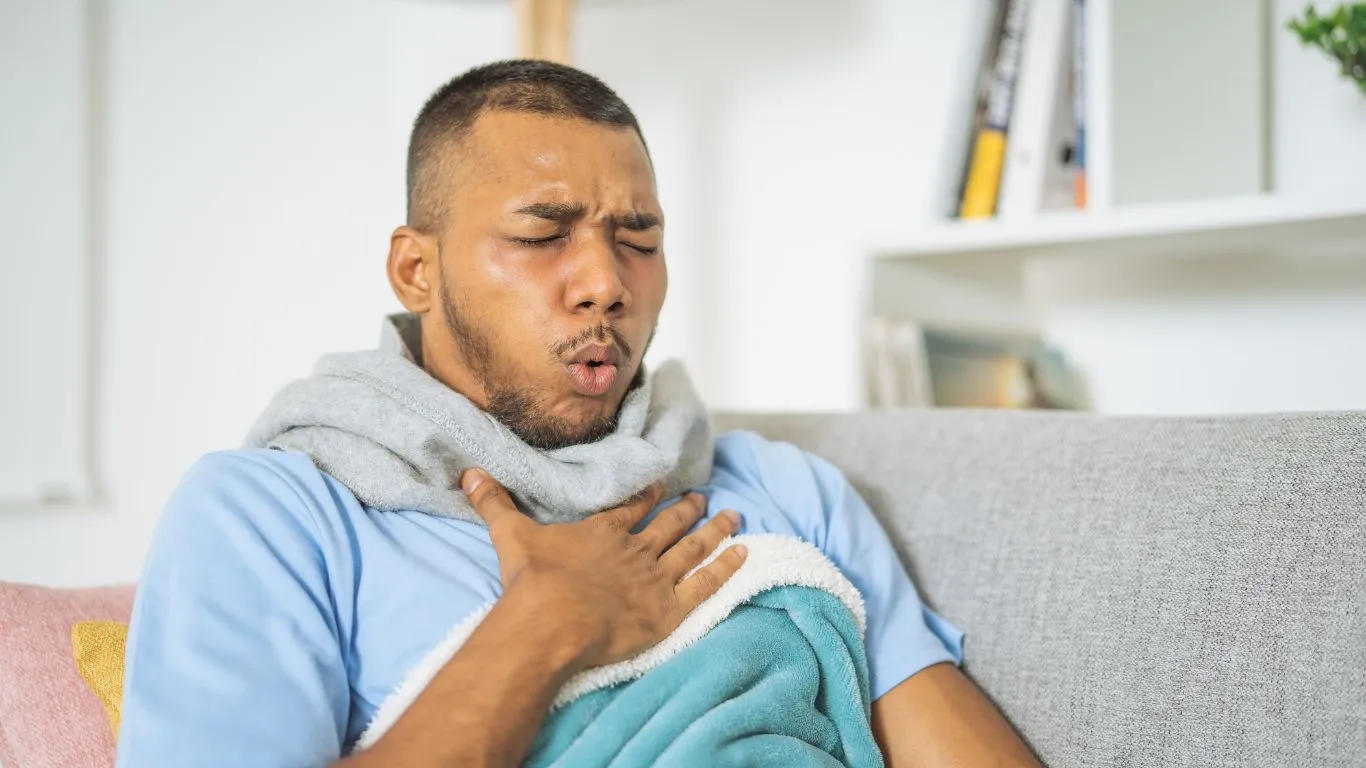
 How to Tell If Shortness of Breath Is Asthma or Anxiety
How to Tell If Shortness of Breath Is Asthma or Anxiety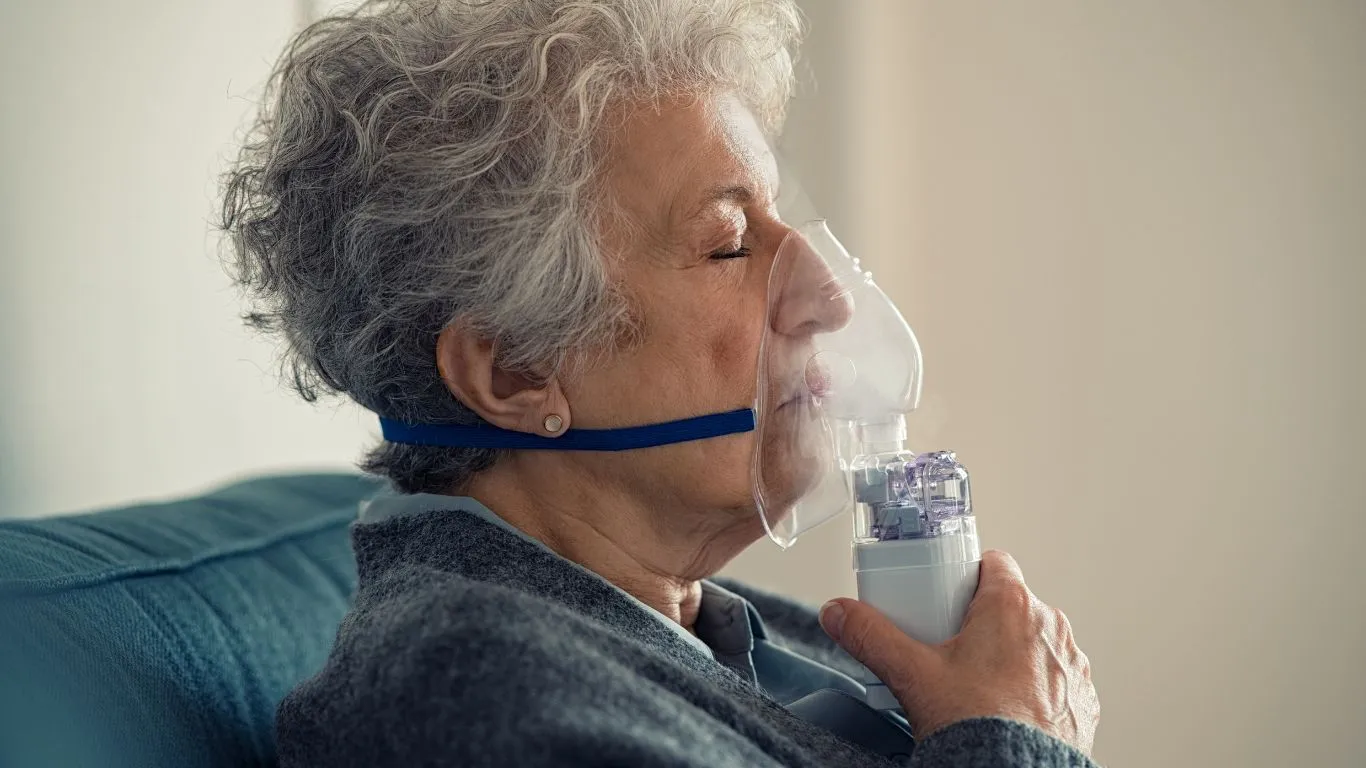 Key Differences Between Asthma and Anxiety
Key Differences Between Asthma and Anxiety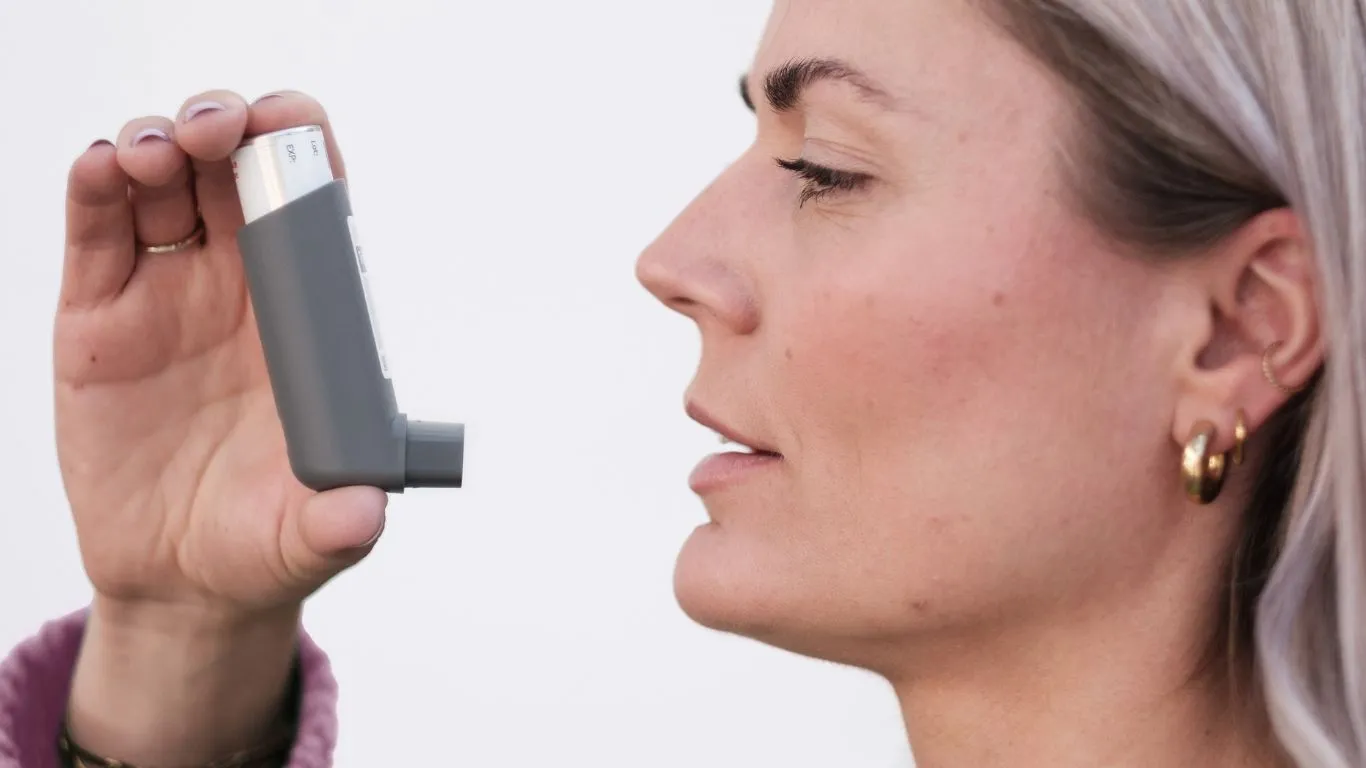 Diagnosing Asthma vs. Anxiety: What Doctors Look For
Diagnosing Asthma vs. Anxiety: What Doctors Look For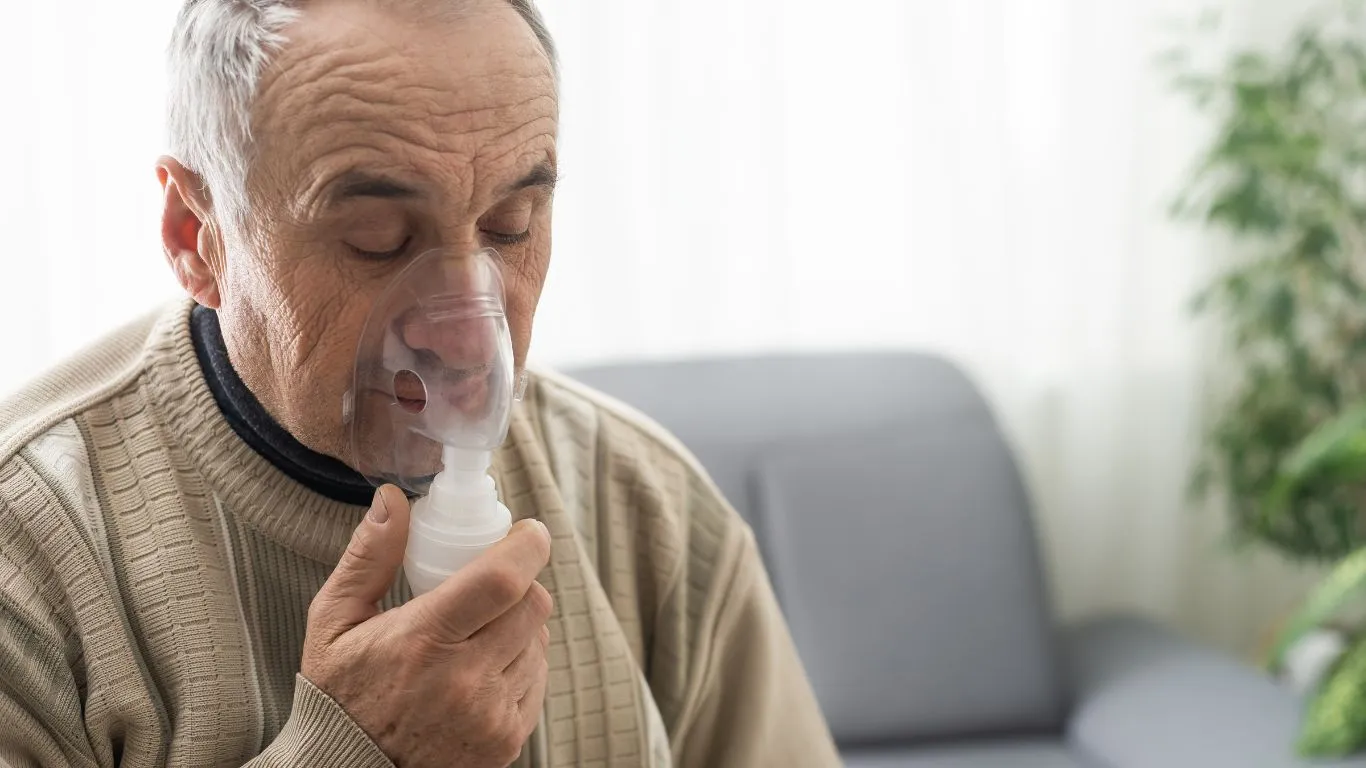 Managing Symptoms: What Works for Asthma vs. Anxiety
Managing Symptoms: What Works for Asthma vs. Anxiety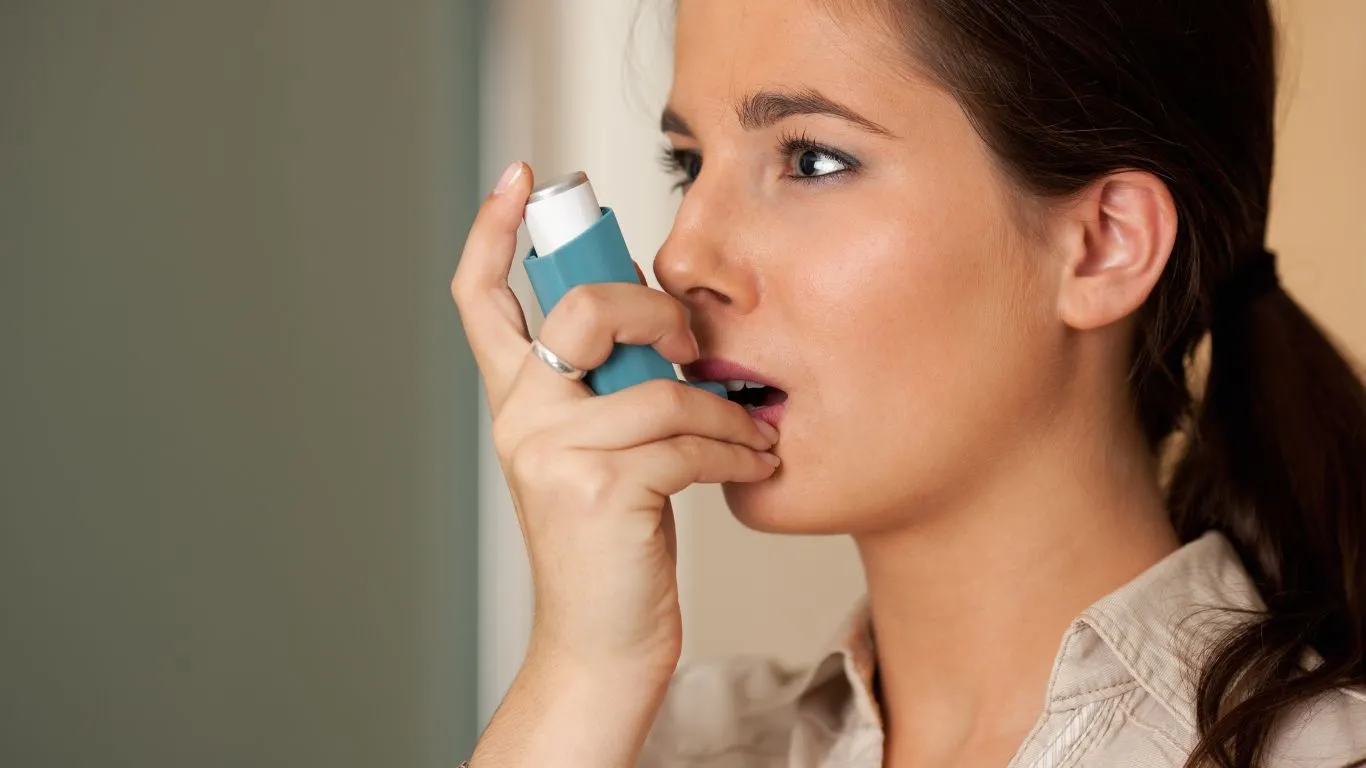 When to See a Doctor: Warning Signs You Shouldn’t Ignore
When to See a Doctor: Warning Signs You Shouldn’t Ignore The Connection Between Asthma and Anxiety: Why They Often Coexist
The Connection Between Asthma and Anxiety: Why They Often Coexist Developing a Comprehensive Treatment Plan
Developing a Comprehensive Treatment Plan
